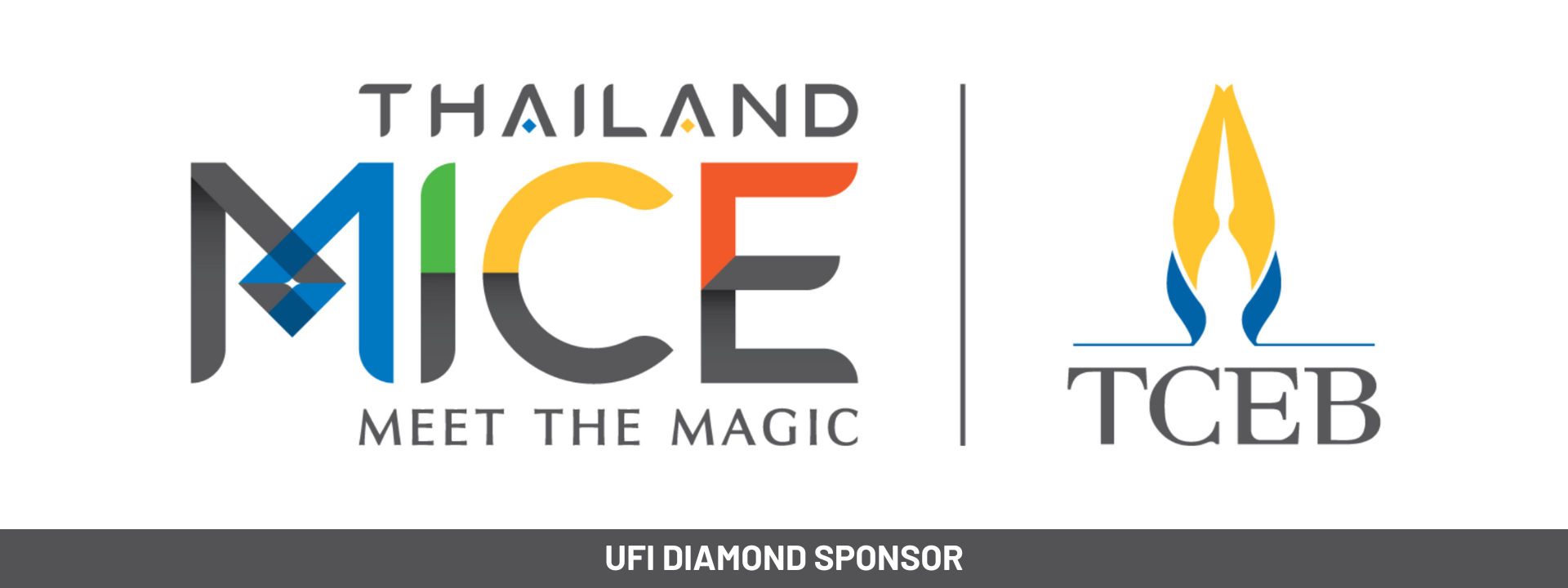Blogger: Barry Siskind, Author, Powerful Exhibit Marketing
I love lists. Blog posts, articles and live presentations wouldn’t be complete without a list of the ten best or the ten worst, new trends or things to avoid. Lists tend to cut away the superfluous and help us focus on what is really important. Lists are easy to read and most of all remember.
A recent posting on BizBash is a good example of a helpful list that looks at one of the key issues many of us in the exhibition industry are wrestling with; technology. The author interviewed several well-known leaders in our industry to develop a list titled, “Tech Trends for 2016.” Here is the list:
Mobile matters
Most of us have accepted that mobile is a marketing reality. The author reports that 62.5% of digital advertising dollars will be spent on mobile advertising in 2016. The challenge to capture visitor’s attention quickly at an exhibition is to force them to look away from their mobile device and engage with the exhibitor.
Improve user experience
In order for mobile technology to work best; beacons, apps and digital signals will need to work in harmony to make the visitor an active participant.
Personalization
Another consideration that will affect the industry in 2016 is our ability to know our visitors better. Technology now allows us to customize the exhibition experience to each individual’s preferences and prior history.
Gesture control
With such things as digital architecture, large mural screens and specific content messaging, visitors are not just walking up and down aisles, they are immersed in an experience that makes them stop and participate.
360 Photos and videos
Mobile devises give the user the ability of having a 360 degree panoramic view of their location. As the cost of this technology falls more exhibitors will be able to affordably integrate 360 technologies into their stand design.
New challenges from shifting control
Traditionally organizers have created content and attempted to drive visitors towards features and amenities. Technology creates a new paradigm that allows the visitor to create their own unique experience that they can share with their colleagues and peers. This is a major shift in the way exhibitions have been marketed and should not be overlooked.
Remarketing
Anyone who has gone online and attempted to purchase something and then changed their mind knows that the digital world has the ability of tracking and inundating them with other products for consideration. These Google Analytics have given advertisers enormous power that organizers are just beginning to utilize.
The access economy
Years ago a common belief was that Facebook was for personal use and sites like LinkedIn and Twitter were for businesses. All that has changed in a world where users have integrated their personal and business lives.
LED displays
Picture this. You are put into an uncomfortable space for eight hours. You are on your feet most of the time walking except for the occasional break for something to eat or when you are sitting in a large room having information thrown at you. Sound familiar?
It’s no wonder that average visitors quickly loose interest.
One tool that has decreased in cost is the use of LED displays in the exhibit hall or in an exhibitor’s stand. These screens give the visitor more impact for their time. It helps them focus better and makes for a more memorable visit.
Facial recognition
A few years ago RFID technology and bracelets were used to track visitors as they travelled throughout the exhibition and associated events. Now facial recognition technology eliminates the need for bracelets and other hardware to accomplish the same goal.
Virtual reality
Virtual reality has come a long way since it was first introduced a decade ago. The author suggests checking on some of the new products such as Samsung Gear, Oculus VR and Google Cardboard which are now on the market.
Data Analysis
2016 is all about analytics. Over the past few years there have been many UFI events (webinars, Focus Meetings and Congresses) where the topic of Big Data has been examined. Leading organizers now employ staff that specializes in the dynamics of collecting and analysing the mountains of data needed to understand visitors.
Data as décor
Data is more than reams of statistics. If used properly it reveals a deeper picture of visitors and allows us to understand the stories that will resonate with them.
Security Issues
Data security is a crucial issue. We have all read stories about major corporations who have had information compromised. Our visitors need to trust that we have followed stringent guidelines and that we have done everything possible to ensure their privacy.
Artificial intelligence
Here’s an interesting thought. What if the data you collected hour by hour could be collected, analysed and acted upon in real time. This is something beyond the capability of humans but as machines become smarter this may be a reality in 2016.
Custom Construction
Technology in 2016 is not just about organizers. It also requires a commitment from exhibitors who are prepared to invest in hardware and fabrication that will bring their brands to life.
Conclusion
These trends may seem daunting. If you are interested in more detail, I recommend reading the entire post. You will find a lot of quotes from people you will recognize. Talking to some of them one on one is a great place to start.
Source: bit.ly/1o5ey1p







Leave A Comment